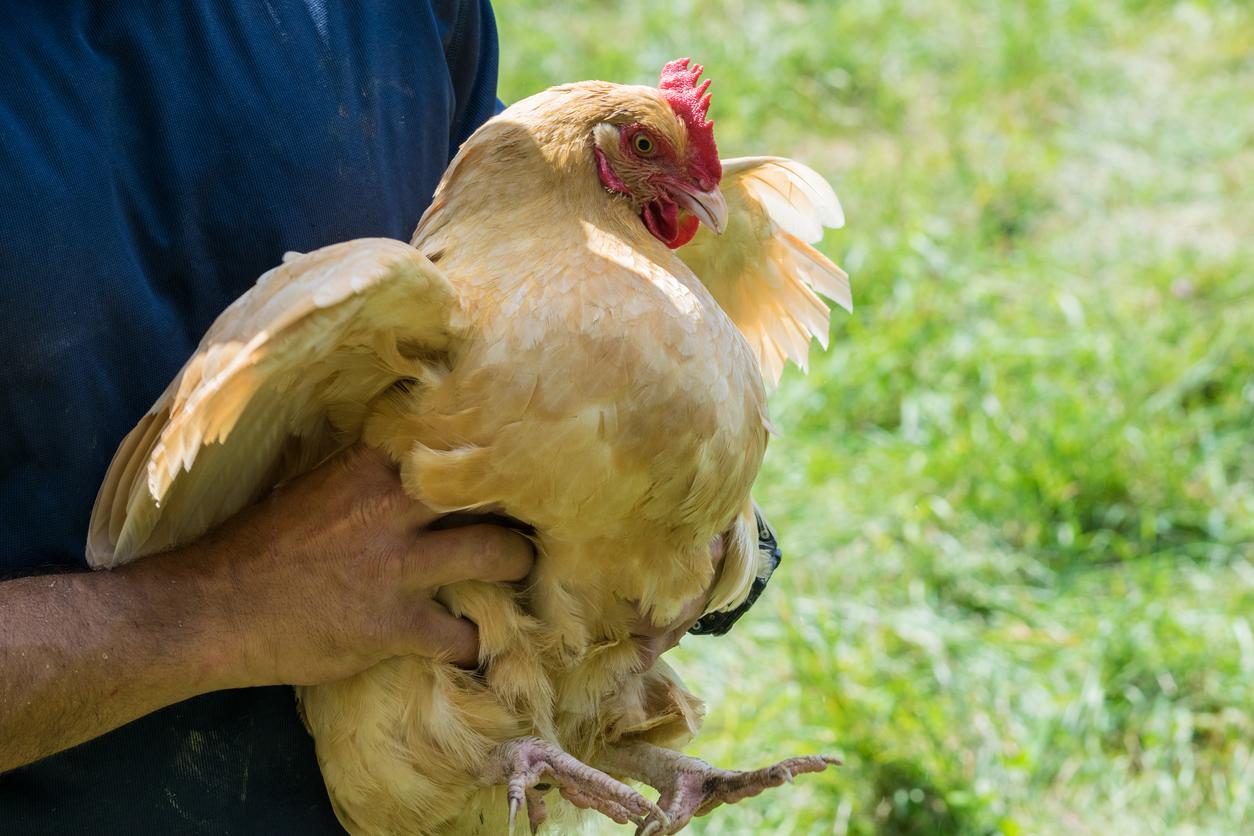Increased levels of highly pathogenic H7N9 contamination in the environment may be one reason for China's early sudden increase in human cases, Chinese researchers said in a new review of the fifth wave of illness activity that is still underway.
A large spike in activity occurred in December with 106 cases, but due to time lags in reporting, it's not clear if cases reported in the first weeks of January show a peak or if infections are still occurring at a rapid clip as the region heads into its Lunar New Year holiday season.
A team from China's Center for Disease Control and Prevention reported their findings in the latest issue of the Western Pacific Surveillance and Response Journal (WPSAR), which appears on the World Health Organization Western Pacific Region Office Web site.
Addressing raised concerns
Researchers said an earlier start to the season and the steep increase in cases have raised concerns in China and in the international community. The illness onset for the first case in the fifth wave was Sep 28, and only eight cases were reported through the end of November, similar to other seasons, they wrote. However, since Dec 1 cases substantially increased, with 106 reported in December alone.
When they compared patient profiles and illness patterns to earlier waves, they found little change. Nearly all had pneumonia, and most had severe illness. Most patients had exposure to live poultry, especially live poultry markets and backyard poultry. Five patients were poultry workers.
Though most of the sick patients were from urban areas, similar to earlier waves, one exception was recent patients from Zhejiang province, most of whom were from rural areas. Also, the group said more counties have reported their first-ever H7N9 cases, compared to the past four waves.
Researchers also filled in new details about two earlier reported clusters, one involving two men from Anhui province who were treated on the same hospital ward and a man and his adult daughter from Jiangsu province. In the hospital cluster, the two patients were on the same nephrology ward for 20 hours and had physical contact when one helped the other get to the bathroom. In the other cluster, the a 66-year-old man's 39-year-old daughter helped care for him in the hospital and had close contact with him without personal protection for 3 days.
Scientists have fully sequenced 33 viruses collected from patients infected in the fifth wave, and so far markers for mammal adaptation and antiviral resistance remain similar to those from earlier waves, according to the report.
Toward the end of December, some local governments announced poultry market closures, and Zhejiang and Guangdong provinces have permanently barred live poultry trade in main urban areas and have ordered that live poultry slaughtering be centralized.
With the Lunar New Year around the corner, increased poultry consumption will pose a higher risk to residents, especially in areas where live poultry markets are still open. The team added that sporadic cases or small clusters are likely to continue, especially among those exposed to infected poultry or their environments.
What's behind the sudden increase?
Researchers said one possible reason for the sudden increase in human cases may be increased environmental contamination. Routine surveillance in hard-hit provinces such as Jiangsu, Zhejiang, and Guangdong showed a higher positivity rate in December compared to the same period in earlier waves.
Hong Kong's Center for Health Protection (CHP) said today in a regular communicable disease report that Guangdong province health officials said poultry market environmental sampling for the first week of January for 15 cities found a 9.4% positive rate for H7 and that similar testing in Jiangsu province during December yielded a 15.8% positive rate
Authors of the WPSAR report said another factor could be an early flu epidemic, noting that in the past flu season, China saw early increases in flulike illness—2 months earlier for southern provinces and 1 month earlier for northern provinces.
In response to the rising H7N9 activity, Chinese health officials are doing joint monitoring with agriculture officials in the worst-affected provinces and organized a technical meeting to discuss control measures.
The group said the outbreak is still ongoing and that it's not possible to gauge the mortality rate, because some patients are still being treated in the hospital.
See also:
Jan-Mar 2017 WPSAR report
Jan 19 CHP Communicable Disease Watch report





















